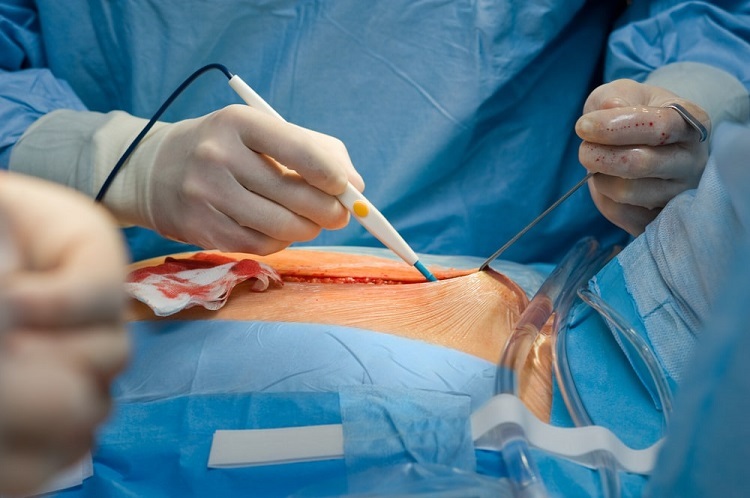What are the Different Types of Endoscopies?

Endoscopy is the process of inserting a long, thin tube directly into the body. The procedure is done to observe a tissue or internal organ in detail. An endoscopy may also be carried out to do other tasks including minor surgery and imaging. The procedure is minimally invasive.
Endoscopy can involve the openings of the body such as the anus or mouth. Alternatively, the thin tube can be inserted into small incisions (i.e., in the abdomen or knee). Surgery that is completed using a small incision and assisted with special instruments is known as keyhole surgery.
Endoscopy cost can also vary significantly depending on the type of procedure. The base cost of a colonoscopy in private hospitals is $1,800 – $2,600. The cost at a restructured hospital ranges from $1,100 – $2,500, depending on whether you are eligible for subsidies. Generally, a few components can affect endoscopy cost. Some of the most common components include:
- Fee for the tissue samples (taken for examination and other related accessories)
- The doctor’s professional fee
- Sedation fee
- Facility fee
- Biopsy or polypectomy fee (if such additional procedures are required)
- Miscellaneous fees (for items that are used in the procedure)
Often, it would be tricky to put an accurate price tag to a single endoscopy procedure. To be sure, it is recommended that you speak with your doctor directly so you can get a ballpark figure.
Modern endoscopy is quick to carry out, can deliver detailed images, and has relatively few risks. It has also been proven very useful in many areas of medicine. In the United States alone, an estimated 75 million endoscopies are carried out.
Table of Contents
Types of Endoscopies
Endoscopies are highly useful when investigating several systems within the human body. Some of the areas include:
- Urinary tract: cystoscopy
- Nose: rhinoscopy
- Lower respiratory tract: bronchoscopy
- Ear: otoscopy
- Cervix: colposcopy
- Fallopian tubes: falloposcopy
- Uterus: hysteroscopy
- Esophagus, stomach, and duodenum: esophagogastroduodenoscopy
- Small intestine: enteroscopy
- Colon/large intestine: colonoscopy, sigmoidoscopy
- Anus: anoscopy
- Bile duct and rectum: rectoscopy
Preparing for an Endoscopy
The procedure typically takes around an hour to complete. It won’t require a stay in the hospital. Your doctor will give specific instructions about the preparations you need to do for the procedure.
For most types of endoscopy, you will be asked to fast for around 12 hours. However, this can vary based on type. If the procedure involves investigating the gut, laxatives may be taken the night before the procedure to clear the system.
Your doctor will carry out an examination before the procedure. It is crucial that you mention all current medications and supplements you are taking. You need to also mention any previous procedures you may have undergone.
Endoscopy Procedure
There are three primary reasons for carrying out the procedure:
- Treatment: An endoscope can be used to directly treat an illness. For instance, the procedure can be used to remove a polyp or cauterize a bleeding vessel.
- Confirm a diagnosis: An endoscopy can be done to carry out a biopsy to confirm a cancer diagnosis or other diseases.
- Investigation: If you experience gastrointestinal bleeding, stomach ulcers, difficulty swallowing, breathing disorders, vomiting, and abdominal pain, an endoscope can be used to search for the cause.
In some instances, an endoscopy is combined with another procedure like ultrasound scan. It is used to place the ultrasound probe close to the organs that are difficult to image like the pancreas.
At times, modern endoscopes come with sensitive lights that use narrow-band imaging. This specific type of imaging makes use of blue and green wavelengths that allow doctors to easily spot precancerous conditions.
Typically, you will be sedated when the procedure is done. However, at times, you might also be given a local anesthetic (usually sprayed to the back of the throat) if you feel discomfort.
Leave a reply
You must be logged in to post a comment.
















